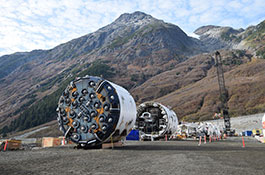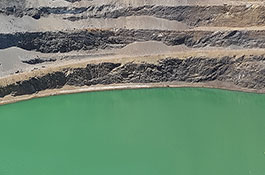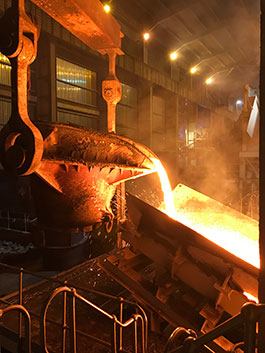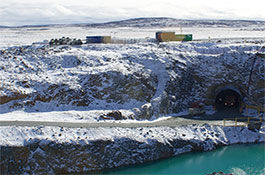
Implementing an Energy Management Information System (EMIS)
Efficient, cost-saving energy planning and monitoring
ArcelorMittal Long Products Canada GP | Canada | 2016-2018
5%–8% expected energy savings
Real-time view of energy consumption
Modeling scenarios capabilities
Government or utility-funding support
Challenges
- The organization found it difficult to understand the overall costs associated with its gas and electricity consumption.
- There were no standardized means to identify and justify energy improvement projects or initiatives.
- No integrated system existed that could visualize and monitor the instantaneous and historical consumption of gas, electricity, and other types of energy.
Solutions
Hatch provided a solution to holistically understand and manage the organization's energy consumption, and minimize performance variation. What we proposed was able to collect, analyze, and communicate the right information, something essential for driving energy savings and efficiency measures.
- We performed an energy audit of the plant to obtain a good understanding of its operations and processes. The audit helped identify gaps and opportunities for energy reduction and savings.
- The design and implementation of an energy management information system used OSIsoft PI (PI AF) and a third-party visualization tool. The solution followed Natural Resources Canada (NRCan) Energy Management Guidelines.
- What then became possible was an automated collection of data from utilities, manufacturing systems (MES), web services, and enterprise resources planning systems (ERP) such as SAP.
Highlights
- The project set the foundation for further improvements and initiatives using the OSIsoft PI Asset Framework.
- The plant assets were modeled and standardized to allow efficient updates of the model to be made in the future, such as the addition of assets.
- Energy performance was benchmarked so it would be possible to analyze energy usage and understand its consumption.
- Expected energy savings were estimated to be 5%-8%.
Services & technologies provided
How we can help you
If you have a problem that needs to be solved, please get in touch.
Related Projects

Li-Cycle Rochester Hub
Rochester, New York, USA

Digital transformation and business improvement
North America

Organizational design and right-sizing
North America

Kemano Second Tunnel (T2) Project
British Columbia, Canada

Water sampling at depth with drones
Canada, USA

Northam Converter Dry Slag Granulation
Thabazimbi, South Africa

Voisey's Bay Mine Expansion
Canada

Resolution Copper Mine — No. 9 Shaft Deepening Project
Arizona, United States
See All

